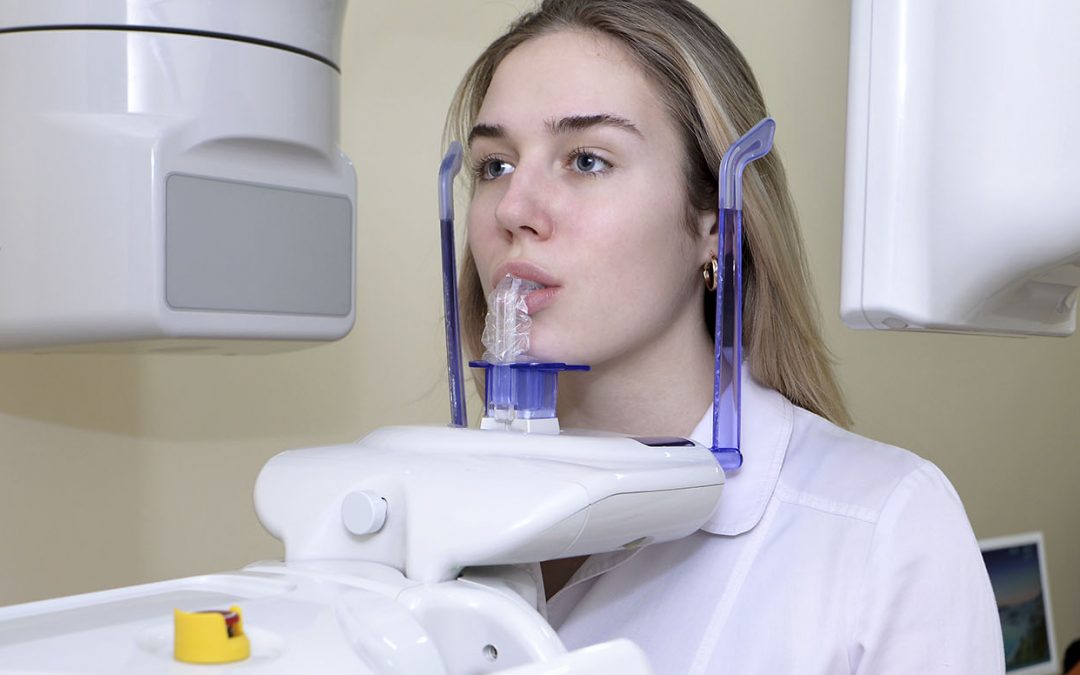ISO 14801 Dental Implant Micromotion Testing
The ISO 14801 standard is a pivotal document in ensuring the safety and efficacy of dental implants. This international standard specifies requirements for mechanical testing to determine the micromovement between a dental implant and its abutment, which can significantly influence the long-term success of dental implant procedures. Understanding this concept involves recognizing how even slight micromovements can compromise osseointegration—a process where the bone integrates with the surface of the implant. Proper testing ensures that medical devices meet stringent safety criteria before they are used in clinical settings.
The ISO 14801 test is critical for manufacturers and clinicians alike, as it helps identify potential risks early on in the development or manufacturing processes. By adhering to this standard, manufacturers can ensure their dental implants meet international standards of quality and reliability. This not only enhances patient safety but also supports regulatory compliance across different countries.
The testing process involves several key steps that must be followed rigorously to obtain accurate results. First, the specimen preparation is crucial; it should accurately represent the intended use conditions as defined by the manufacturer. This includes selecting appropriate materials and dimensions for the dental implant and abutment. Once prepared, these components are assembled according to ISO 14801 guidelines.
After assembly, the testing apparatus must be calibrated correctly using precision instruments such as micrometers or laser interferometers. The test setup simulates clinical conditions by applying a defined load in different directions. Load ranges vary depending on the specific requirements specified in the standard; however, typical values range from 0 to 25 N (newtons). During testing, continuous monitoring ensures that any deviations are immediately identified.
Following completion of the test cycle, data analysis plays an essential role in interpreting results correctly. Compliance with ISO 14801 requires detailed documentation of all parameters measured during the test procedure, including load application rates, displacement values, and associated angles. Reporting these findings accurately is vital for both internal quality control purposes as well as external regulatory submissions.
Adherence to this standard also has broader implications beyond just product development; it contributes positively towards environmental sustainability efforts by promoting efficient resource utilization through precise manufacturing processes. Furthermore, compliance with such internationally recognized standards enhances market competitiveness and fosters trust among consumers who rely heavily on reliable medical products.
Why It Matters
The significance of ISO 14801 dental implant micromotion testing cannot be overstated given its direct impact on patient health outcomes. Micromovement between a dental implant and abutment has been linked to various adverse effects, including increased risk of infection, pain, and failure rates. By rigorously applying this standard during development stages, manufacturers can preemptively address these issues before they become significant problems.
From an environmental perspective, reducing waste generation is another important aspect that aligns with ISO 14801 practices. Through optimized manufacturing processes guided by accurate testing results, resources are used more efficiently leading to lower overall ecological footprints. Additionally, regulatory compliance ensures smoother international trade flows without unnecessary delays or obstacles.
- Reduces risk of infection
- Promotes efficient resource utilization
- Lowers overall ecological footprint
- Fosters trust among consumers
In summary, ISO 14801 testing is not merely a technical requirement but an essential practice that contributes significantly to improved patient care and sustainability goals.
Environmental and Sustainability Contributions
- Resource Efficiency: By ensuring accurate material usage through precise tests, manufacturers can minimize waste. Proper calibration of equipment also reduces energy consumption during testing processes.
- Eco-Friendly Manufacturing Processes: Adherence to ISO 14801 helps in designing sustainable manufacturing practices that prioritize reducing environmental impacts throughout the lifecycle of dental implants.
The implementation of these measures not only benefits the immediate environment but also supports long-term sustainability goals set by various international bodies. As industries continue to evolve towards greener operations, compliance with standards like ISO 14801 becomes increasingly important in maintaining both operational efficiency and ecological responsibility.
Competitive Advantage and Market Impact
- Better Patient Outcomes: Ensuring high-quality dental implants through rigorous testing enhances brand reputation, leading to higher customer satisfaction rates.
- Regulatory Compliance: Meeting international standards increases market access in regions where stringent regulations are enforced.
- Increased Brand Loyalty: Consistent adherence to quality assurance practices builds trust among consumers and healthcare professionals alike.
In today’s competitive landscape, companies that invest in advanced testing methodologies like ISO 14801 gain a substantial edge over competitors who may not prioritize such investments. This approach translates into better clinical performance outcomes and ultimately drives business growth.





